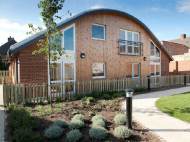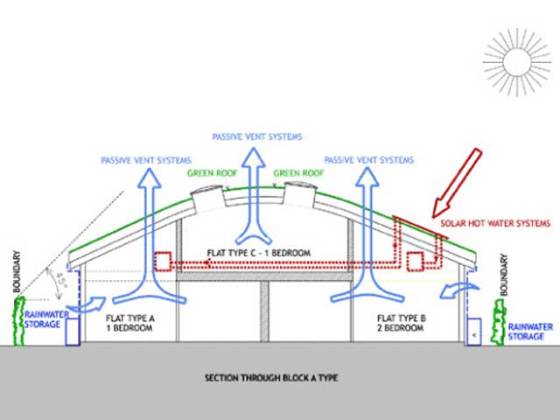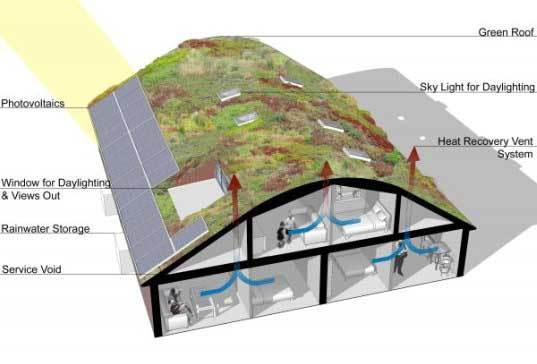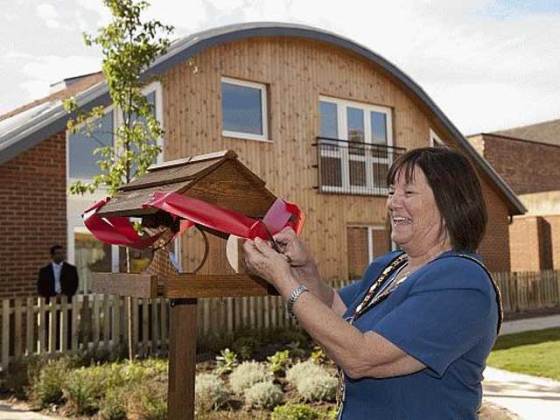Green architecture – Greenwood Close prefabbed houses
 Greenwood Close (previous project name was Birchway Eco-community) is the first large-scale affordable housing initiative to achieve Level 5 (with 6 being the highest possible score), Code for Sustainable Homes in London and the South. It was built by Paradigm Housing in partnership with the London Borough of Hillingdon, while the design of the five low-level buildings was created by Acanthus LW Architects.
Greenwood Close (previous project name was Birchway Eco-community) is the first large-scale affordable housing initiative to achieve Level 5 (with 6 being the highest possible score), Code for Sustainable Homes in London and the South. It was built by Paradigm Housing in partnership with the London Borough of Hillingdon, while the design of the five low-level buildings was created by Acanthus LW Architects.
From unused allotments, to much-needed social housing which is kind to the environment, Greenwood Close features 24 new homes – a mixture of one- and two-bedroom apartments across five buildings. Tree apartments specifically designed for wheel chair access and all with spacious layouts to suit single people, couples and young families. Most of the build program was constructed of-site in Northamptonshire, with modules transported down building by building.
The entire build program was much quicker than by traditional construction – the modules arrived complete with insulation, linings and totally weatherproofed. Once on site, the construction team encased the modules with external brick and timber elevations. The structures have high levels of insulation giving excellent thermal and acoustic performance.
Internally, all services and fitments were already built-in including kitchens and bathrooms. The typical weight of a new modular apartment was half of what it would be if constructed traditionally. Consequently the foundations for the buildings were smaller, using less concrete and lessening the costs and carbon footprint.
The efficiencies of building within a factory environment have saved manpower and transport costs, much of the galvanized steel has been recycled, and the final deliveries to site have maintained a minimal carbon output using a feet of low emission vehicles. Such construction generates around 90% less waste throughout the production process.
Each of the five buildings has an ergonomically shaped green roof. Beside a particularly attractive view for the surrounding homes, the roofs add significant environmental benefits to the development as: additional insulation, minimizing rainwater run of, pollutant filtering, CO2 reduction, increased life span of the structure and a haven for wild life. The biodiversity is increased with installment of bird boxes throughout the site. Photovoltaic cells (solar panels) are located on all of the roofs which power communal areas.
Rainwater harvesting is used throughout and a water usage threshold for each household ensures water wastage is minimal across the development. A low-carbon-emission biomass boiler for heating and hot water to all homes is located beneath the community’s cycle store. The boiler is fed from sustainable wood pellets produced in Surrey. This form of fossil fuel replacement will typically reduce net CO2 emissions by over 90%.
This is a nice example that shows the potential of prefabbed (yet green and practical) homes the rest should bring to even greater level.












Leave your response!